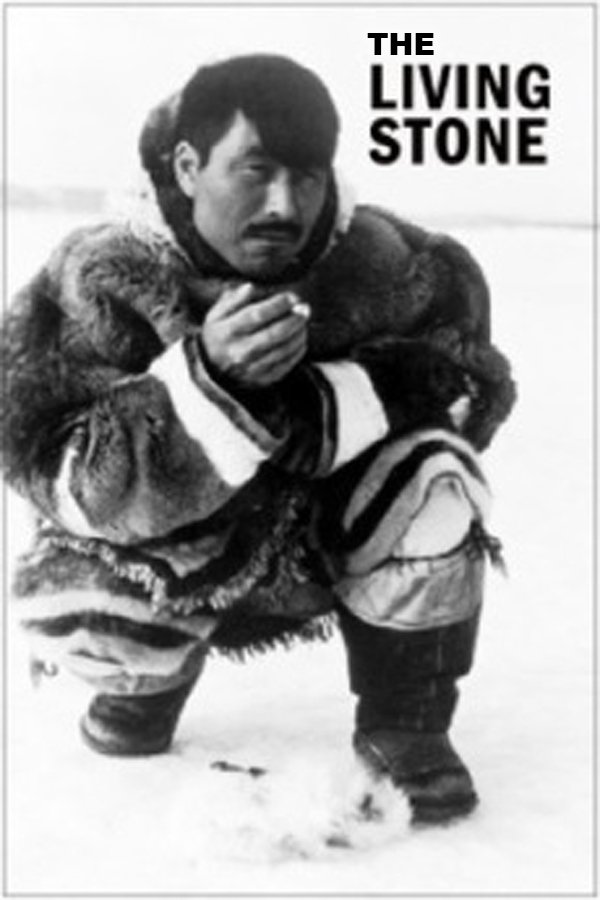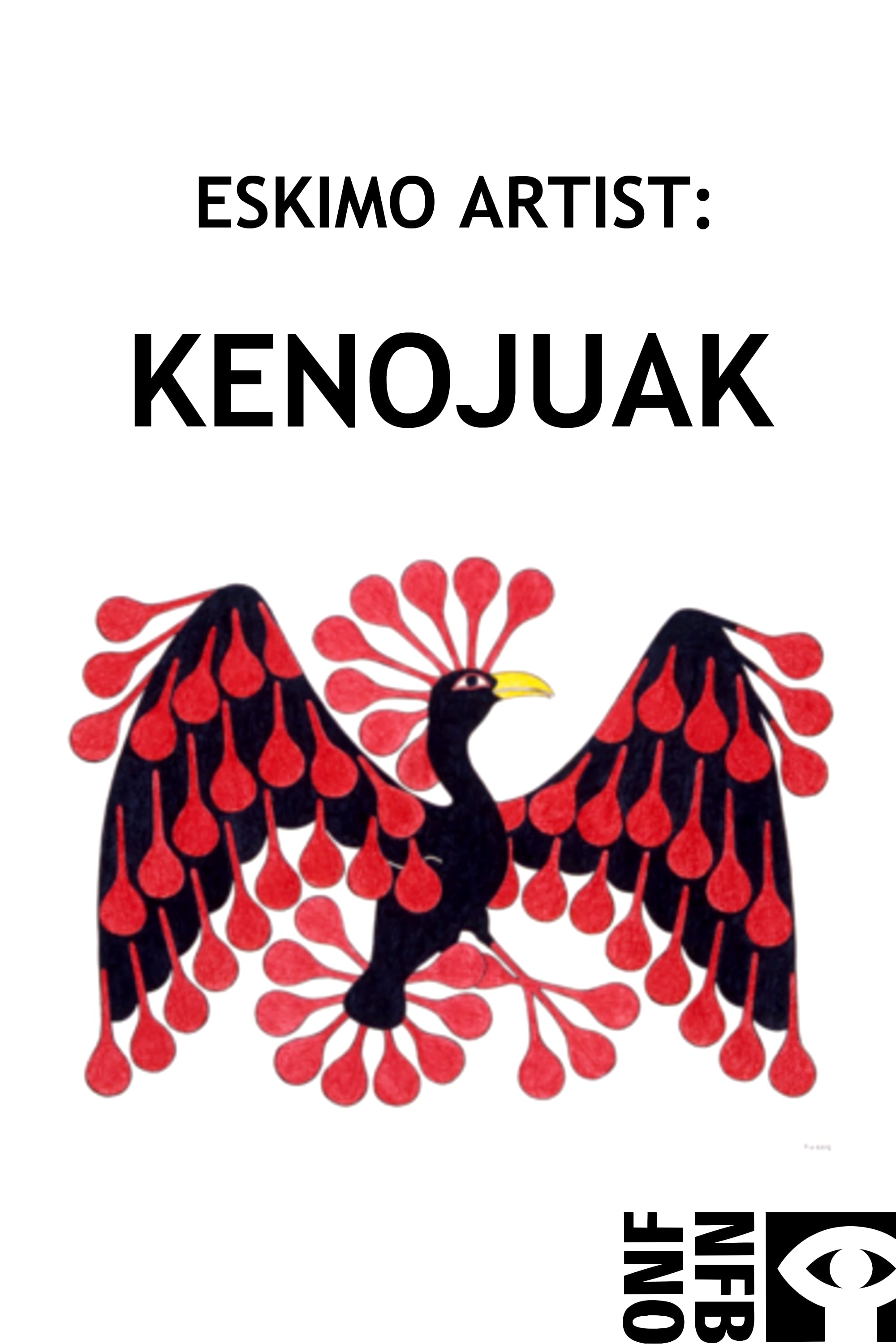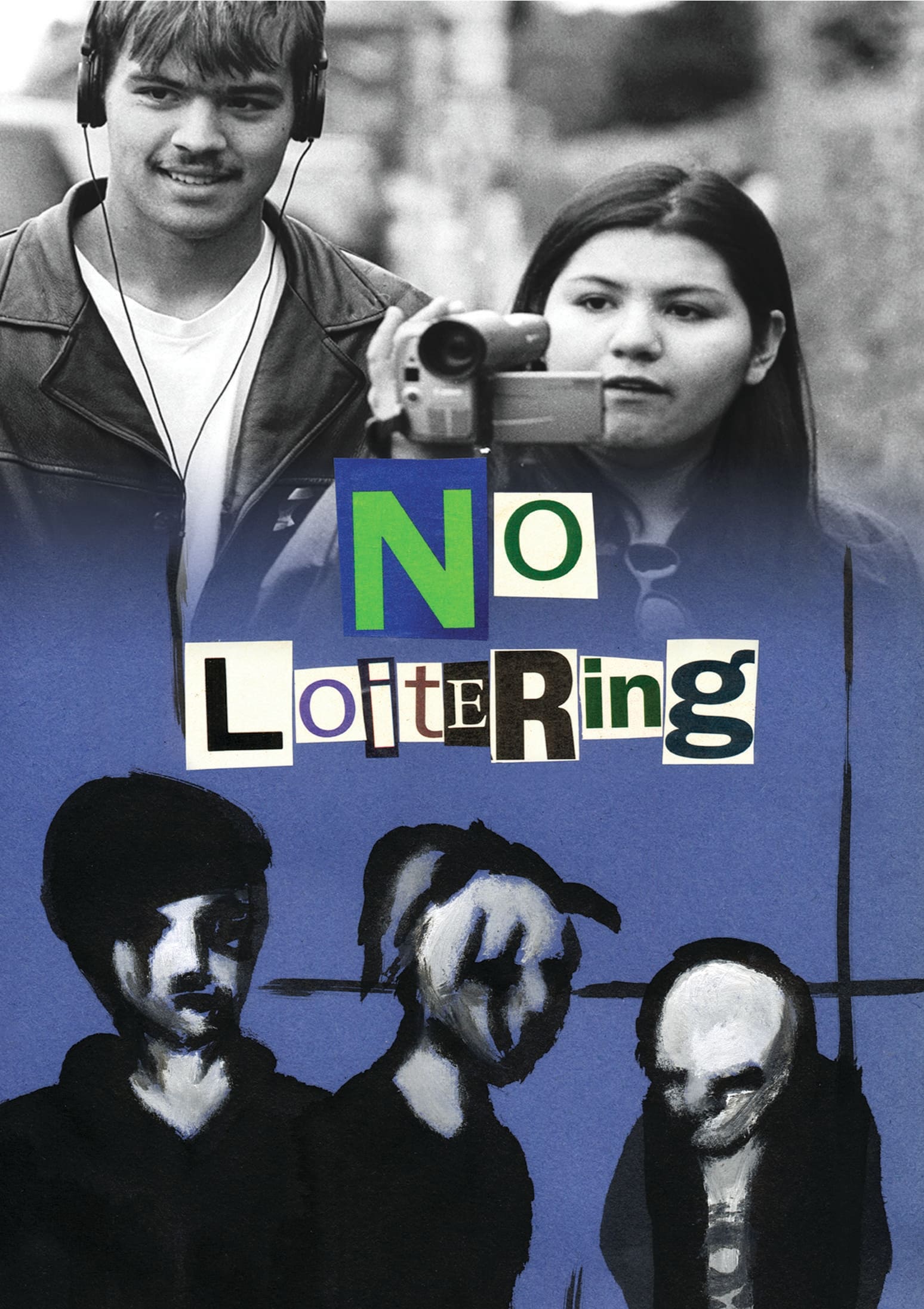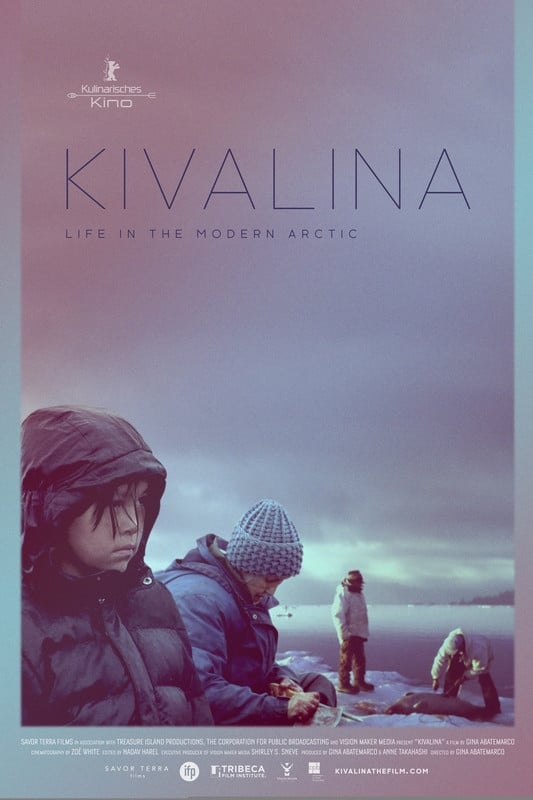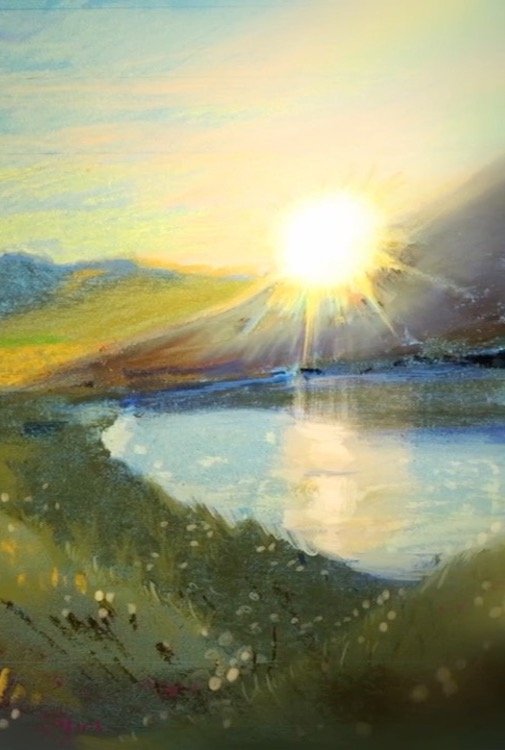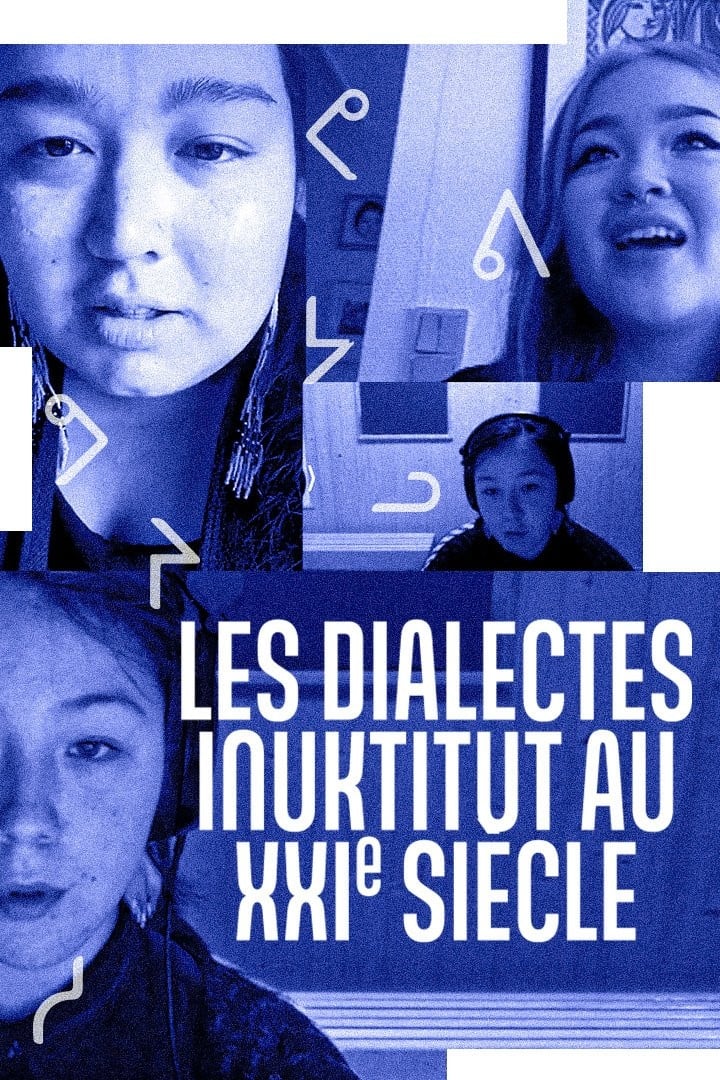
Bering. Equilibrio y resistencia (2013)
Overview
This documentary closely follows a group of people living in the Bering Strait and delves into the fundamental aspects of their daily lives, their survival, and the contrast between their traditions and the modern world. With extraordinary imagery, Bering portrays exceptionally well a community fighting to preserve its culture in this mythical part of the world.
Production Companies
Additional Info
| Budget | $0.00 |
|---|---|
| Revenue | $0.00 |
| Original Language | en |
| Popularity | 0.239 |
Directed By
Lourdes Grobet
TOP CAST
Similar Movies
Nanook of the North
This pioneering documentary film depicts the lives of the indigenous Inuit people of Canada's northern Quebec region. Although the production contains some fictional elements, it vividly shows how its resourceful subjects survive in such a harsh climate, revealing how they construct their igloo homes and find food by hunting and fishing. The film also captures the beautiful, if unforgiving, frozen landscape of the Great White North, far removed from conventional civilization.
Kamik
A portrait of Ulayok Kaviok, one of the last of a generation of Inuit, born and bred on the land. Ulayok and her family, like many Inuit today, strive to balance 2 very different worlds. Her skills in making the sealskin boots called kamik may soon be lost in the cultural transformation overtaking her community. Kamik offers a glimpse of those universes and the thread one woman weaves between them.
Tuktu and the Trials of Strength
In this short docu-fiction film, strong and hardy Inuit hunters demonstrate and test their strength in boxing, tug-of-war, and other strenuous activities. We see and hear the drum dance, a demonstration of Inuit poetry and rhythm.
The Living Stone
The Living Stone is a 1958 Canadian short documentary film directed by John Feeney about Inuit art. It shows the inspiration behind Inuit sculpture. The Inuit approach to the work is to release the image the artist sees imprisoned in the rough stone. The film centres on an old legend about the carving of the image of a sea spirit to bring food to a hungry camp. It was nominated for an Academy Award for Best Documentary Short.
Eskimo Artist: Kenojuak
This documentary shows how an Inuit artist's drawings are transferred to stone, printed and sold. Kenojuak Ashevak became the first woman involved with the printmaking co-operative in Cape Dorset. This film was nominated for the 1963 Documentary Short Subject Oscar.
Greenland, 1932
Danish documentary filmed in Greenland. Shows a lot of Greenlanders, skiing, hunting for birds, seals and whales, and ice fishing. Filmed by Dr. Leif Folke.
No Loitering
An intimate portrait of teenagers trying to understand their world and their possibilities. The film weaves together video shot by teens and by the filmmaker, as they work together to make a film and create expressive outlets for youth in the community. They organize dances and community events and paint a mural. At the same time, with humor and pathos, these young people raise issues around violence, feeling misunderstood by adults and lacking respect in their community. Set in the small town of Sitka, Alaska, home to a large Alaska Native population, the video chronicles their creativity, concerns and dreams.
Grape Soda in the Parking Lot
Taqralik Partridge asks what if every language that had been lost to English — every word, every syllable — grew up out of the ground in flowers? Taqralik’s grandmother’s Scottish Gaelic and her father’s Inuktitut unfold in memories of her family, of pain, and of love.
Kaali Goes for Seal Hunting
One day in the lives of an average Greenlandic family, which happens to be of great importance for 8-year old Kali - he's about to catch his first prey with the harpoon. The whole family is looking forward for the huge step in boy's maturation.
Inuk Woman City Blues
Follows homeless, addicted and alienated Greenlandic women in Copenhagen, Denmark; includes fragments of Greenlandic culture.
The Last Ice
For centuries, Inuit in the Arctic have lived on and around the frozen ocean. Now, as climate change is rapidly melting the sea ice between Canada and Greenland, the outside world sees unprecedented opportunity. Oil and gas deposits, faster shipping routes, tourism, and fishing all provide financial incentive to exploit the newly opened waters. But for more than 100,000 Inuit, an entire way of life is at stake. Development here threatens to upset the delicate balance between their communities, land, and wildlife. Divided by aggressive colonization and decades of hardship, Inuit in Canada and Greenland are once again coming together, fighting to protect what will remain of their world. The question is, will the world listen?
How to Build an Igloo
This classic short film shows how to make an igloo using only snow and a knife. Two Inuit men in Canada’s Far North choose the site, cut and place snow blocks and create an entrance--a shelter completed in one-and-a-half hours. The commentary explains that the interior warmth and the wind outside cement the snow blocks firmly together. As the short winter day darkens, the two builders move their caribou sleeping robes and extra skins indoors, confident of spending a snug night in the midst of the Arctic cold!
Inuit Languages in the 21st Century
Ulivia explores what is accessible via the Internet in relation to Inuktitut. A complex language with several dialects which varies from one generation to the next. Inuktitut is threatened by dominant languages. Are there solutions so that these technologies are allies and not enemies?
Netsilik Eskimo Series, I: At the Autumn River Camp
It is late autumn and the Eskimos travel through soft snow and build karmaks, shelters with snow walls and a roof of skins, in the river valley. The geese are gone but some musk-ox are seen. The man makes a toy sleigh from the jawbones of a caribou and hitches it to a puppy. Next day the women gather stocks of moss for the lamp and the fire. The men fish through the ice with spears. The woman cooks fish while the men cache the surplus. Then the family eats in the karmak. The men build an igloo and the household goods are moved in. They begin the complicated task of making a sleigh, using the skins from the tent, frozen fish, caribou antlers and sealskin thong. The woman works at a parka, using more caribou skin, and the children play. Now the sled is ready to load and soon the family is heading downriver to the coast.
Netsilik Eskimo Series, II: At the Caribou Crossing Place
The time is early autumn. The woman wakes and dresses the boy. He practices with his sling while she spreads a caribou skin to dry. The boy picks berries and then the men come in their kayak with another caribou. This is skinned, and soon night falls. In the morning, one man leaves with his bow while the other makes a fishing mannick, a bait of caribou meat. The woman works at the skins, this time cleaning sinews and hanging them to dry. The man repairs his arrows and then sets a snare for a gull. The child stones the snared gull and then plays hunter, using some antlers for a target. His father makes him a spinning top. Two men arrive at the camp and the four build from stones a long row of manlike figures, inukshult, down toward the water. They wait for caribou and then chase them toward the stone figures and so into the water where other men in kayaks spear them. The dead animals are floated ashore and skinned.
Netsilik Eskimo Series, III: At the Spring Sea Ice Camp
Two Eskimo families travel across the wide sea ice. Before night falls they build small igloos and we see the construction in detail. The next day a polar bear is seen basking in the warming sun. A woman lights her seal oil lamp, carefully forming the wick from moss. The man repairs his snow goggles. Another man arrives dragging a polar bear skin. The boy has made a bear-shaped figure from snow and practices throwing his spear. Then he tries his bow. Now, with her teeth, the woman crimps the sole of a sealskin boot she is making. The men are hunting seal through the sea-ice in the bleak windy weather. The wind disturbs the "tell-tales," made of eider down or a hair loop on a bone, that signal when a seal rises to breathe. A hunter strikes, kills and drags his catch up and away. At the igloo the woman scrapes at a polar bear skin and a man repairs a sled. In the warming weather the igloo is topped with furs and a snow shelter is built to hide the sled from the sun.
Netsilik Eskimos, IV: Group Hunting on the Spring Ice
Late June, and much of the land is bare. There are sounds of running water, and melt ponds shine everywhere. The woman carries heather and moss to camp and the man makes a whirling bullroarer for the boy. Another child pretends to drive a dog sled. A woman is working sinews into bowstrings, while another is busy with a seal skin. A woman prepares to cook a meal and a man makes a bow from bone and sinews. It is a demanding task to combine such materials into a strong supple weapon; the result is pleasing to the man. The next day the men move out on the sea ice with a dog to look for seal pups.
Netsilik Eskimos, V: At the Winter Sea Ice Camp
In late winter when the cold is severe, the people and dogs are glad to stop their trek and make camp. In the blue dusk the men probe the snow and then cut building blocks while the women shovel a site. Soon all are under cover, and in the wavering light of the stone lamp they sleep, their breath rising coldly. In the light of day the men test and refurbish their spears, harness dogs to the sled and strike out on the sea ice. Each man, with a dog or two, explores the white waste, seeking scent of a seal's breathing hole. When a dog noses the snow, the man probes for the hole and, when he finds it, suspends a single looped hair to signal when the seal rises to breathe. Then he waits, motionless, to make his strike. He kills, and the others gather to taste the warm liver of his catch. Then, as night comes, the vigil goes on.
Netsilik Eskimos, VI: Building a Kayak
Now it is July - summer. The run-off is in full spate and open water shows offshore. Ice cakes melt on the shingle. On the bay are ducks. It is time to build a kayak, a task shared by two men. They gather materials: valuable scraps of wood, bone, seal skins and sinews. Now there is much cutting, fitting, joining and binding. The woman helps by cutting additional thongs, scraping skins, providing food. She must also amuse the child who seems left out by the single-minded work of the men. Then the work breaks and a man harpoons a fish in a tide pool; all share the pleasure of fresh food.

